‘Toxic’ Tesla Fire Shuts Down California’s I-80, Continuing Concerns About EV Safety
In the early hours of August 19, 2024, a Tesla electric big rig veered off Interstate 80 near Emigrant Gap in the Sierra Nevada, igniting a massive fire.
The flames, fueled by the truck’s batteries, burned fiercely for hours, forcing the closure of both directions of the highway. First responders faced a unique and dangerous challenge, unlike traditional vehicle fires.
A Hazardous Materials Situation
The fire quickly escalated into a hazardous materials situation due to the toxic fumes released by the burning batteries. The California Highway Patrol (CHP) and Cal Fire teams were on high alert as they worked to contain the fire and protect nearby residents.

Source: Cullan Smith/Unsplash
Authorities established a half-mile exclusion zone, keeping people at a safe distance from the potentially deadly fumes.
The Challenge of Extinguishing EV Fires
Electric vehicle fires, like the one involving the Tesla semi, pose significant challenges for firefighters. Traditional methods of using water are often ineffective, requiring tons of gallons or specialized dry chemicals to control the blaze.
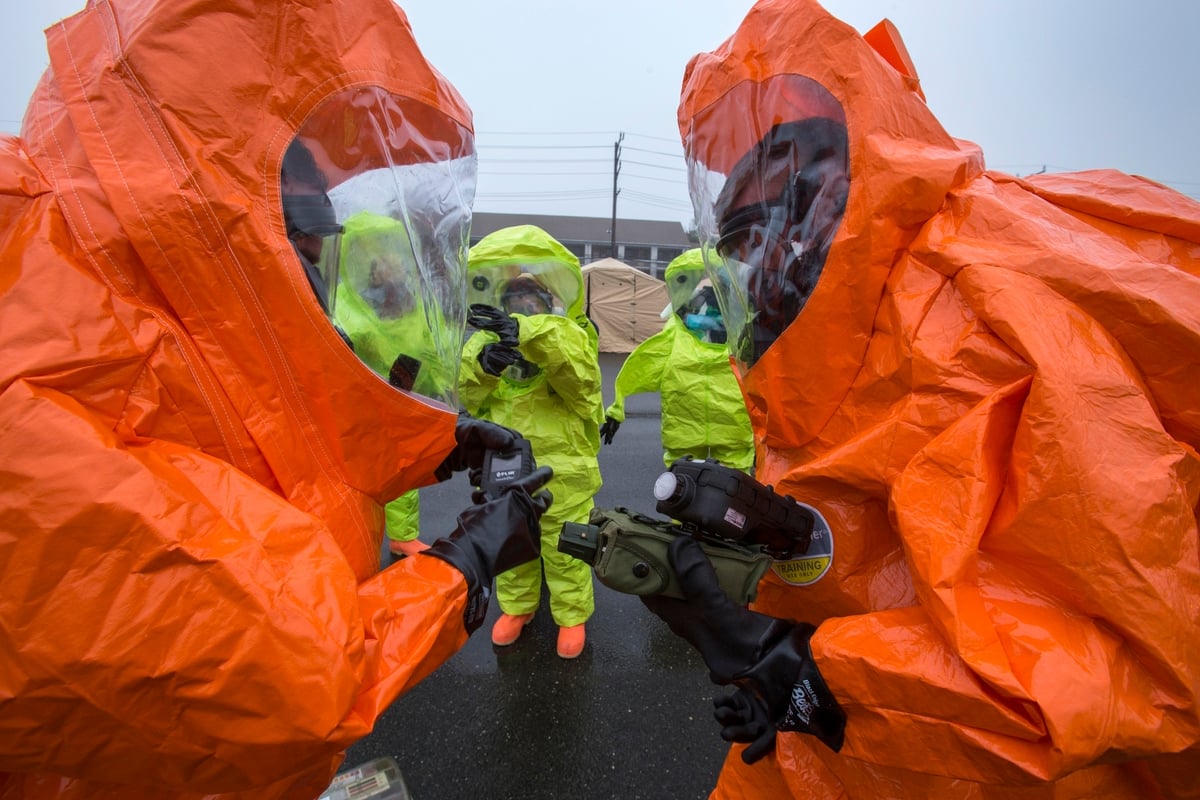
Source: National Guard of the United States
Despite their best efforts, the fire continued to burn more than four hours after it started, highlighting the difficulties of managing EV-related incidents.
I-80 Shutdown: A Major Disruption
The fire forced the closure of Interstate 80, one of California’s key transportation routes, during the busy morning hours. Westbound lanes were closed at Highway 20, and eastbound lanes were blocked at Nyack, causing significant traffic disruptions.
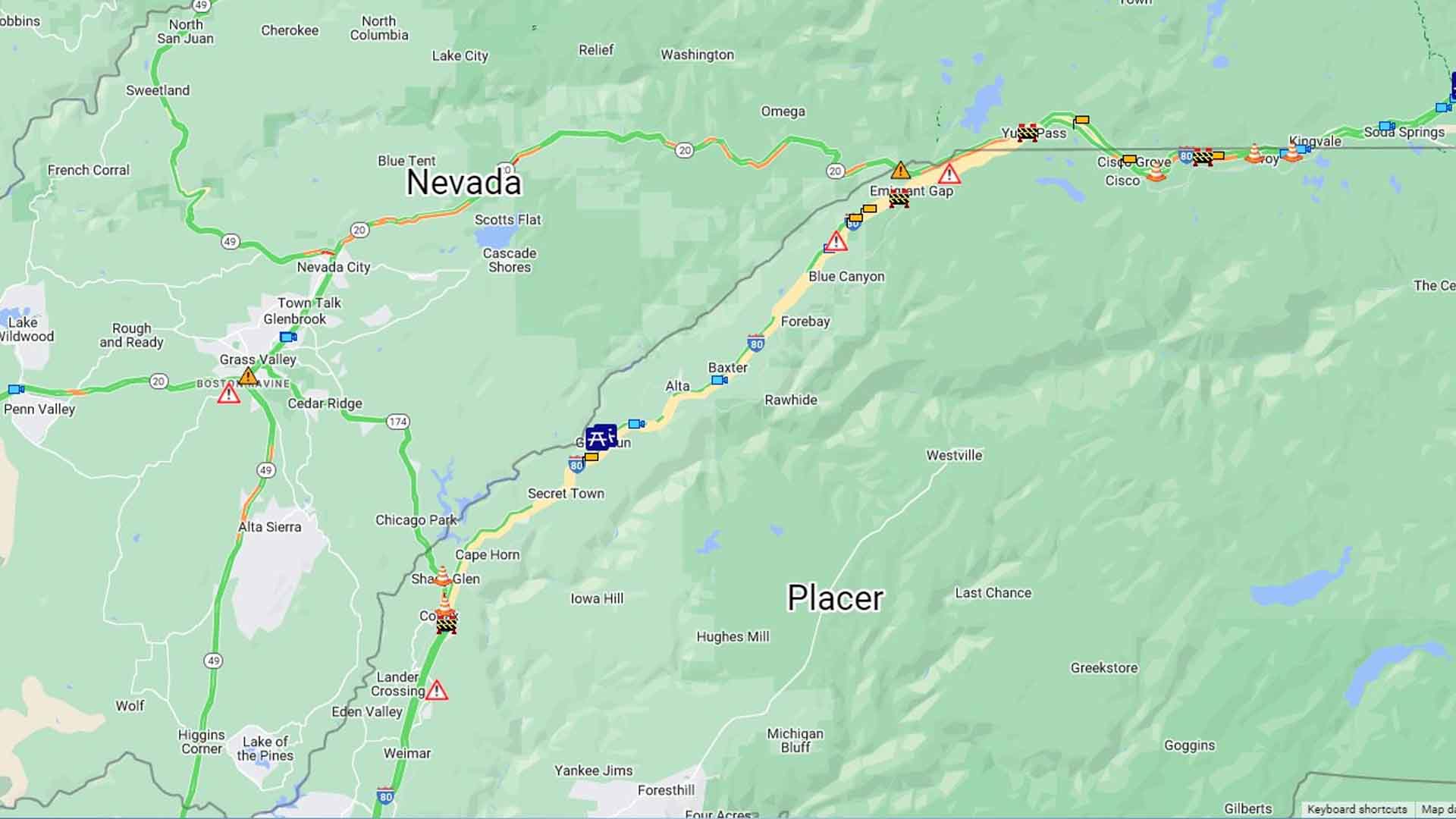
Source: @CaltransDist3/X
CHP rerouted semis and other vehicles, leading to delays and frustrations for commuters and truckers alike.
A Close Call, No Injuries Reported
Despite the severity of the incident, there were no injuries reported. The big rig driver managed to escape unharmed after the vehicle veered off the roadway and into the trees.

Source: Scott Rodgerson/Unsplash
The quick response from CHP and Cal Fire ensured that the situation was contained, preventing further damage or injury in the surrounding area.
A Growing Concern
This Tesla truck fire is not an isolated incident. Electric vehicle fires have become a growing concern for first responders and the public. In 2023, it took 6,000 gallons of water to extinguish a Tesla Model S fire on Highway 50 that “spontaneously” ignited.
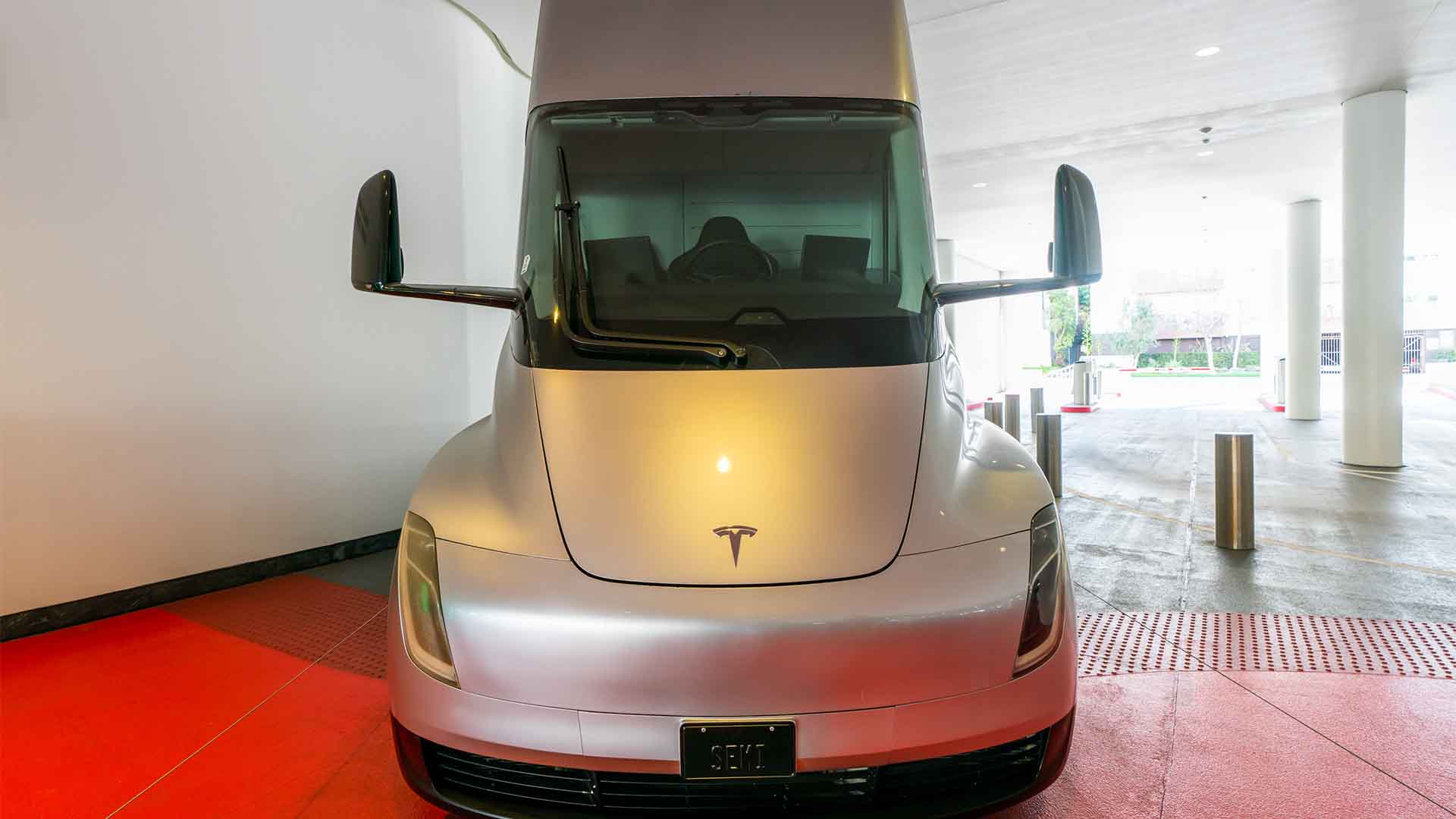
Source: AaronP/Bauer-Griffin/GC Images
These and other incidents raise questions about the safety of EVs and the readiness of emergency services to handle such situations.
The Regulatory Landscape
As electric and autonomous vehicles become more common, California lawmakers are grappling with how to regulate them effectively. A series of bills are currently moving through the Senate, addressing concerns about the safety of autonomous and heavy-duty electric vehicles.

Source: Bhutina65/Canva Pro
One such bill, AB2286, aims to ensure a human safety operator is present in autonomous trucks to prevent incidents like this one.
The Debate Over Autonomous Trucks
The debate over the regulation of autonomous trucks has intensified following incidents like this. Supporters of stricter regulations argue that having a human safety operator is crucial for public safety.

Source: Sjoerd van der Wal/Getty Images
Meanwhile, the autonomous vehicle industry contends that such regulations could stifle innovation and delay the deployment of potentially life-saving technologies.
Governor Newsom's Role in the Legislation
Governor Gavin Newsom has previously vetoed similar legislation, citing the existing authority of the California DMV to regulate autonomous vehicles. However, the lack of progress on draft regulations has left some lawmakers and safety advocates frustrated.

Source: Office of the CA Govenor
The outcome of this year’s legislative efforts could shape the future of autonomous and electric vehicle regulation in California.
The Future of EV and Autonomous Truck Safety
The fire serves as a reminder of the risks associated with electric and autonomous vehicles. As these technologies continue to evolve, ensuring the safety of all road users will be paramount.
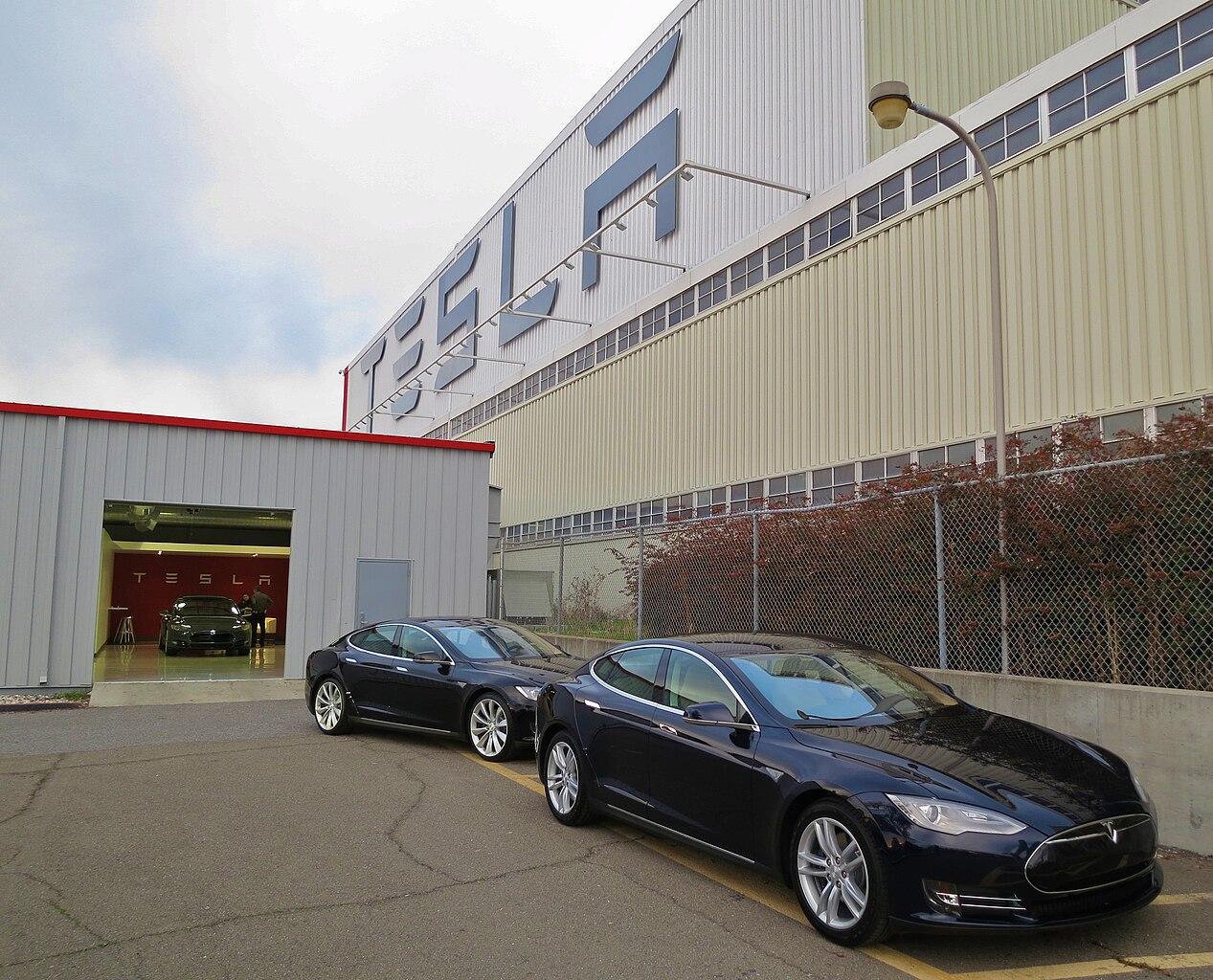
Source: Wikimedia
The ongoing legislative efforts in California could potentially pave the way for a more robust regulatory framework that addresses these emerging challenges.
Lessons Learned from the Incident
The response to the fire highlights the need for focused training and resources for first responders dealing with EV fires.
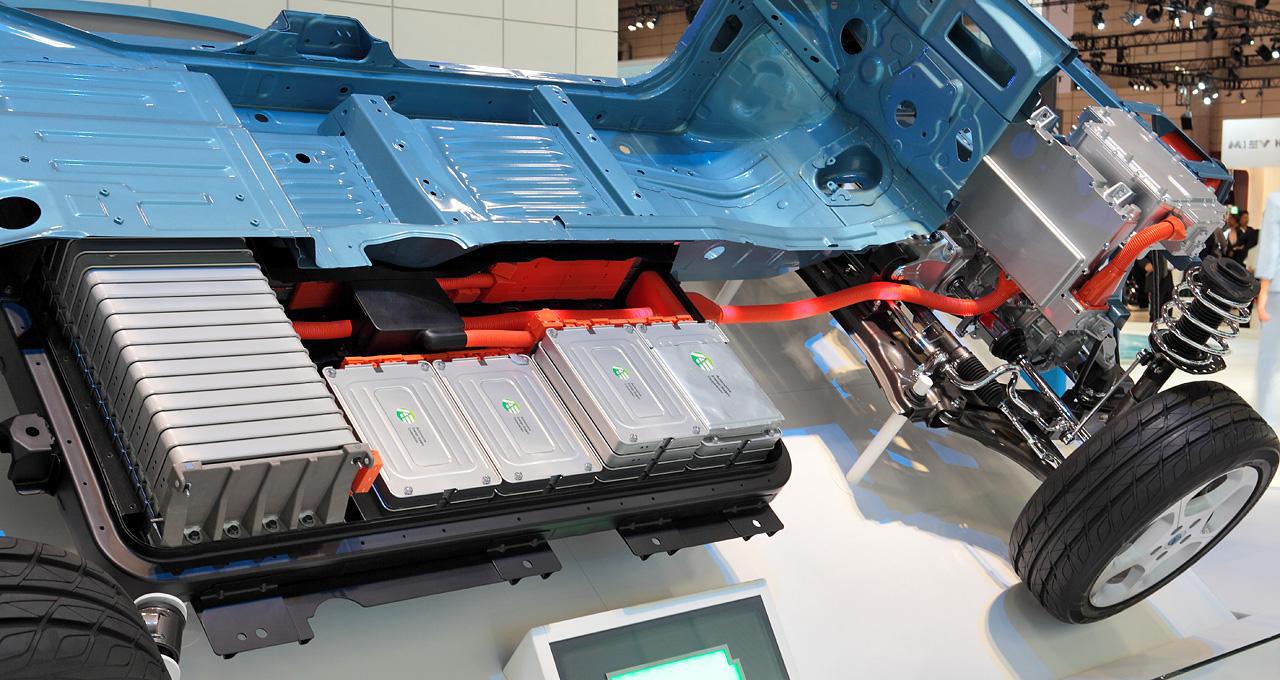
Source: Wikimedia
Investing in specialized equipment and developing new protocols will be especially important as more electric vehicles hit the road.
Balancing Innovation and Safety
As California leads the charge in adopting new transportation technologies, finding the right balance between innovation and safety will be key.

Source: Freepik
Obviously, while electric and autonomous vehicles offer many benefits, they also come with unique challenges that must be carefully managed. The road ahead will require collaboration and foresight to ensure a safer future for everyone on the road.
